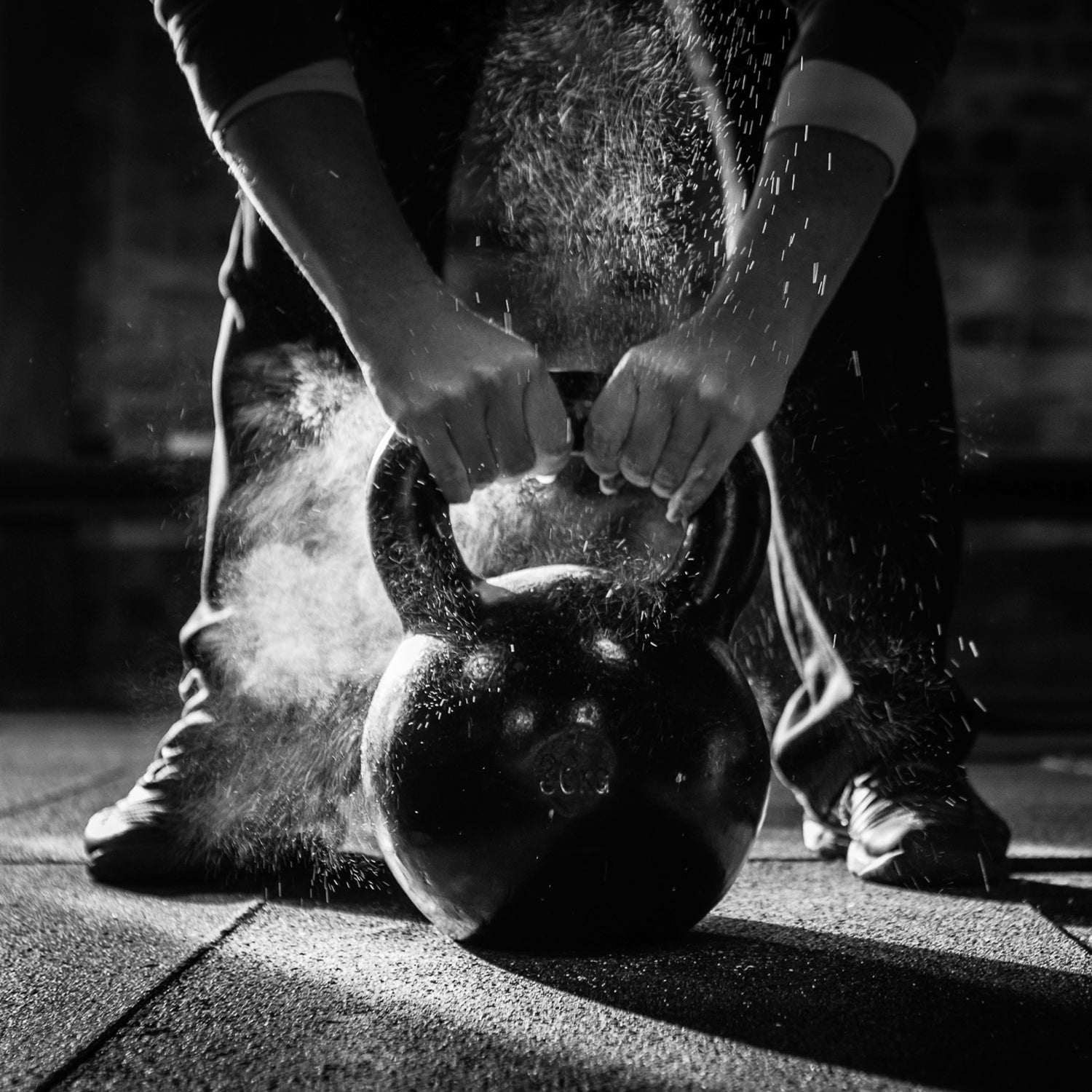You may be fit for a particular sport, but are you fit for life? , world-renowned CrossFit coach and physical therapist, says, far too often, the answer to that question is no. “Most people, even elite athletes, just accept some level of chronic pain,” says Starrett. “But there’s nothing normal about that. Your hips, your low-back, your shoulders–they shouldn’t hurt outside of acute muscular soreness after a workout.”
While Starrett is best known for his work inside the gym, increasingly he’s discovered that many issues underlying injury and deceased performance are related to how people carry themselves in everyday life. His forthcoming book, , offers a scathing critique of our modern environment, which he says encourages poor physical habits, as well as strategies to survive in it.
We recently visited Starrett at CrossFit San Francisco to learn more about the book and his latest thinking on how we can become more fit for life.��
Cultivate a Physical Practice
Bodily awareness takes practice. When you’re pushing yourself hard–and I don’t care if that’s in running, or CrossFit, or working on a memo at your desk–it’s easy to forget about how you are holding your body. Work some yoga or Pilates into your daily routine, even if only for a few minutes. Completing a couple of sun salutations every morning goes a long way to hardwire proper posture.��
Focus on Form
Anyone can suffer. But can you suffer while maintaining form? ���ϳԹ��� of very rare occasions, your hardest intervals ought to mean the most weight/speed/duration you can execute while maintaining form. It doesn’t matter if your short-term output is better. If you sacrifice form, you’re increasing injury risk and acquiring bad habits, and your long-term output will be worse.��
This sounds easy but it’s a serious mindset shift for athletes and coaches, because it’s hard to measure form. The guy that bench pressed 250 lbs with perfect form is a lot better off than the guy who did 280 lbs but squirmed to get the bar up. The latter guy may be the hero of the day, but the former one is going to have a longer career. This mentality carries over to all sports.��
Training Is 24/7
Health and fitness is a lifestyle. You can be perfect in the gym or on the track, but if you sit around the rest of the day, odds are, your sustainability in athletics will be limited. I can’t stress enough the importance of bodily awareness. Check in with yourself often: Am I slouching or sitting tall? Are my shoulders tense or relaxed? Is my head starring down at a phone?
Eat Real Food
A performance diet is comprised of loads of produce, high-quality fats and proteins, and whole grains–in other words, real foods. Before you start supplementing with amino acids and measuring out cumin and cinnamon, ask yourself: are you getting 6-to-8 servings of vegetables per day? Are you eating a lot of fruit? Focus on mastering the basics.
Even during elongated workouts, I’d rather see an athlete eat a banana or potato or rice ball than a gel. If you want to use an energy-bar, go for one made with whole ingredients. A good rule of thumb is if you wouldn’t give it to your 10-year-old kid, you probably shouldn’t eat it yourself.��
You “Recover” from an Injury; You Adapt to Training
Adaption is ongoing. Move throughout the day. Non-exercise activity (e.g., short walks) keeps blood flowing and helps to decrease the chance of muscle adhesions forming.��
Foam rolling and self-massage are also really important. Just 10 minutes goes a long way. Much like a warmup, soft-tissue work often gets scrapped when time is tight. But generally speaking, the marginal benefit of soft-tissue work is greater than what you’d get out of additional “training” time.��
Sleep
It’s almost impossible to get too much. The more the better. It’s one of the best performance-enhancers there is.��
Stand Up to Sitting
By now you’ve probably heard that sitting is the new smoking. Even the benefits of your morning exercise are minimized if you sit all day. Do what you can to spend more time standing. Request a standing desk at work. If you are forced to sit for long stretches, take regular walking breaks.*
Speak Up for the Next Generation
If you have children, get involved with their schools. . Speak up before recess or physical education gets cut. We learn habits at young ages and what is happening to our children right now is terrible. But it doesn’t have to be this way.��Just imagine how valuable health or PE classes could ����.��
*Note: that walking as little as two minutes every hour helps protect against the harms of sitting. Further research suggests that even short bouts of movement benefit not just your body, but also your brain.��


